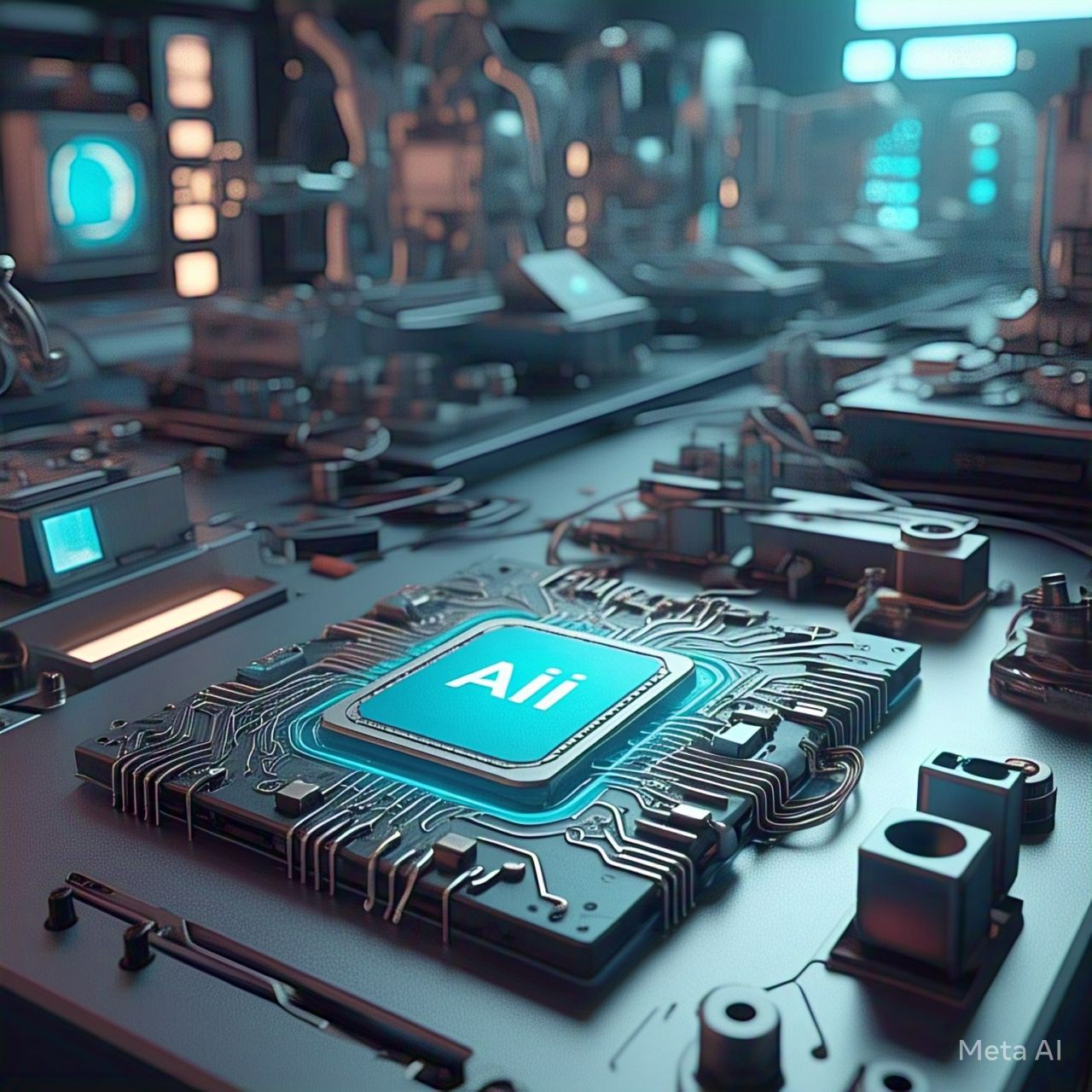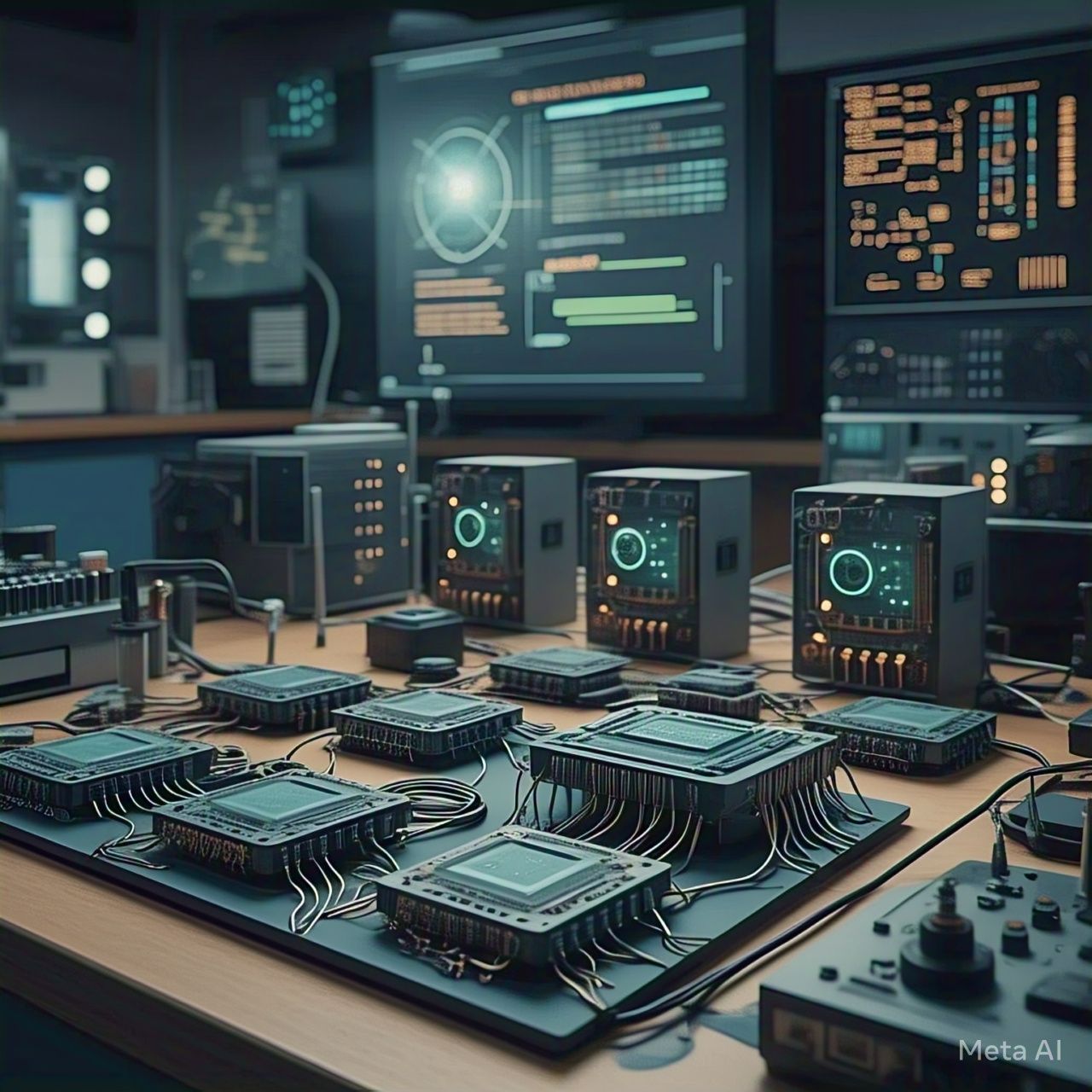Introduction
In the rapidly evolving world of technology, artificial intelligence (AI) is playing a pivotal role in shaping the future of microchips. These next-generation chips, optimized for AI workloads, are revolutionizing industries by providing unprecedented levels of speed, efficiency, and intelligence. From smartphones to autonomous vehicles, AI-driven microchips are the foundation of modern computing.
The Evolution of AI Microchips
Traditional microchips were designed to handle general-purpose computing tasks. However, with the increasing demand for AI-driven applications, a new breed of specialized chips has emerged. These include:
- Neural Processing Units (NPUs): Optimized for deep learning tasks, NPUs accelerate neural network computations, making AI inference faster and more efficient.
- Tensor Processing Units (TPUs): Developed by Google, TPUs are designed specifically for machine learning workloads, significantly improving computational performance.
- AI-Optimized Graphics Processing Units (GPUs): GPUs, originally designed for graphics rendering, have been repurposed for AI training and inference, providing the parallel processing power needed for complex calculations.
How AI Enhances Microchip Design
AI is not just driving the use of specialized chips—it is also transforming how these chips are designed and manufactured. Some key ways AI is revolutionizing microchip development include:
- Automated Chip Design: AI algorithms can analyze vast datasets and generate optimized chip architectures, reducing the time and cost of development.
- Power Efficiency Optimization: AI can help design energy-efficient chips, making them more suitable for mobile devices, wearables, and IoT applications.
- Fault Detection and Quality Control: Machine learning models can identify defects in microchip manufacturing, ensuring higher quality and reliability.
Applications of AI-Powered Microchips
AI-powered microchips are enabling breakthrough innovations across various industries:
- Healthcare: AI-driven chips power medical imaging, drug discovery, and wearable health monitors.
- Autonomous Vehicles: Self-driving cars rely on AI microchips for real-time processing of sensor data and decision-making.
- Consumer Electronics: AI chips enhance smartphone capabilities, enabling faster voice recognition, image processing, and augmented reality applications.
- Edge Computing: AI-powered chips are bringing intelligence to edge devices, allowing for real-time processing without relying on cloud connectivity.
Challenges and Future Prospects
Despite their advantages, AI-driven microchips face challenges such as high development costs, complexity in fabrication, and the need for specialized hardware integration. However, continuous advancements in semiconductor technology and AI algorithms are expected to drive the next wave of innovation in microchip design.
Conclusion
AI-powered microchips are shaping the future of computing by delivering superior performance, efficiency, and intelligence. As AI continues to evolve, the integration of smarter, smaller, and more efficient microchips will unlock new possibilities across industries, paving the way for a truly AI-driven world




